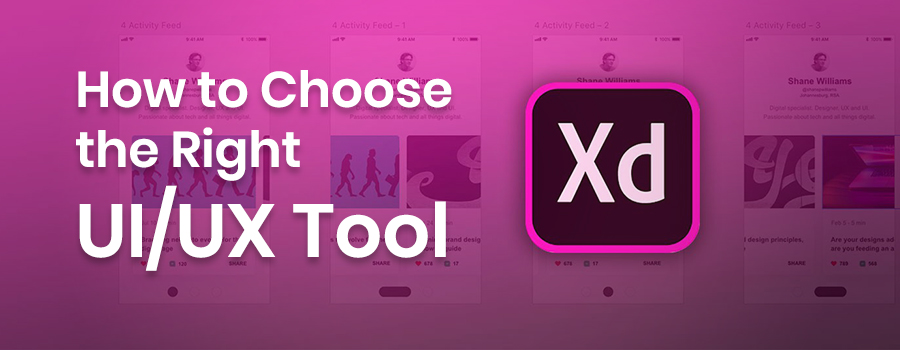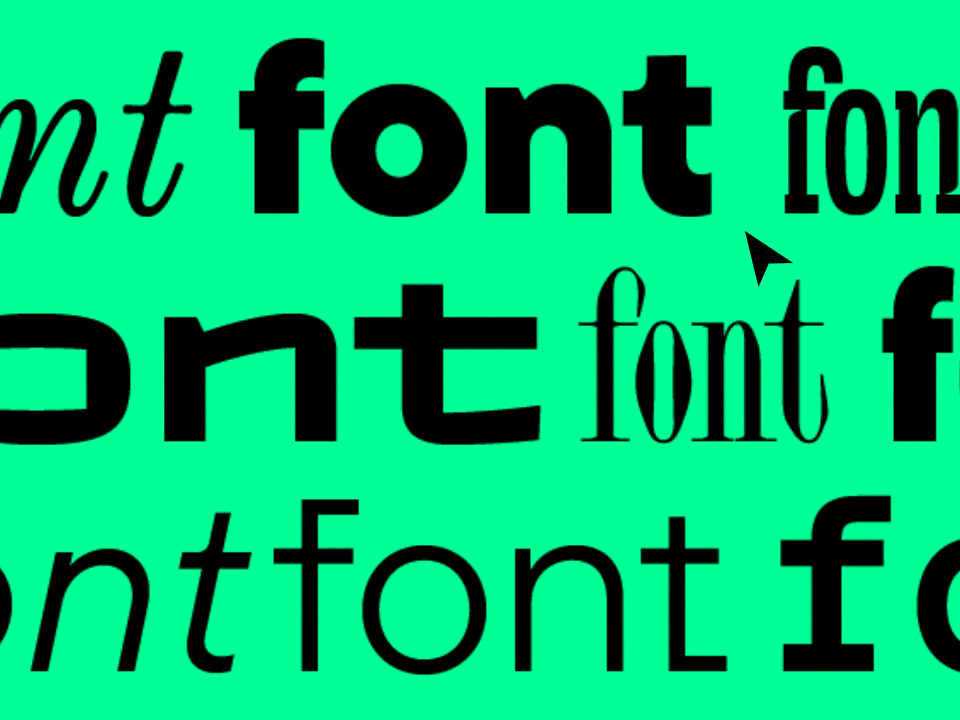
Characteristics of Cloud Computing?
31st July 2020
What is 5G?
1st August 2020Mockups: Most UI tools are focused around creating mockups rather than rougher wireframes or functional prototypes. Mockups need to look good, so make sure your design program has enough built-in tools to craft a beautiful recreation.
Wireframing: If you need wireframing features, look for free icons and components, simple controls, and shortcuts to make the process as fast as possible.
Prototyping: Prototypes are polished, functional demos of the final design. You’ll need animations, easy sharing and exporting options, and support for responsive design. A code-free interface will be another big plus.
Specialization: The tool should generally be specialized for use by UI and UX designers, rather than a general photo editing program. Wading through all the irrelevant features and menus you’ll never need to access just wastes time.
Collaboration and Sharing: Many designers work on a team, or need to give up their final product for revision. Unless you’re a solo designer, look for a tool that lets you work concurrently with other designers, and allows viewers to comment on and mark parts of the design they need changed.
Resources and UI Kits: The less time you have to spend on creating your own resources, the better. Find a tool that has resources and kits ready to download, or better yet, built into the program.
Plugin Support: What if your tool of choice doesn’t have the functionality you need? A thriving community of plugin developers can fix that issue, adding extra features and often for free.
ADOBE XD
The big go-to for UI/UX designers is Adobe XD. Made for prototyping and wireframing, the tool is built with collaboration in mind. And if you’re a fan of other Adobe products, it interacts seamlessly with those, with integrations to Photoshop, After Effects, Illustrator, and more.
XD is actually quite affordable, especially if you use it as a standalone product. You don’t need to subscribe to the monthly cloud platform, unlike other Adobe products. You can use it to share a single active document with one other editor for free. If you have a bigger team or more concurrent projects, you’ll be paying a monthly fee.
Adobe XD’s speciality is in interactive wireframing and prototyping, though you can also use it to create mockups and artboards. Much like Sketch it’s meant as an all-in-one solution so you never have to swap programs.





